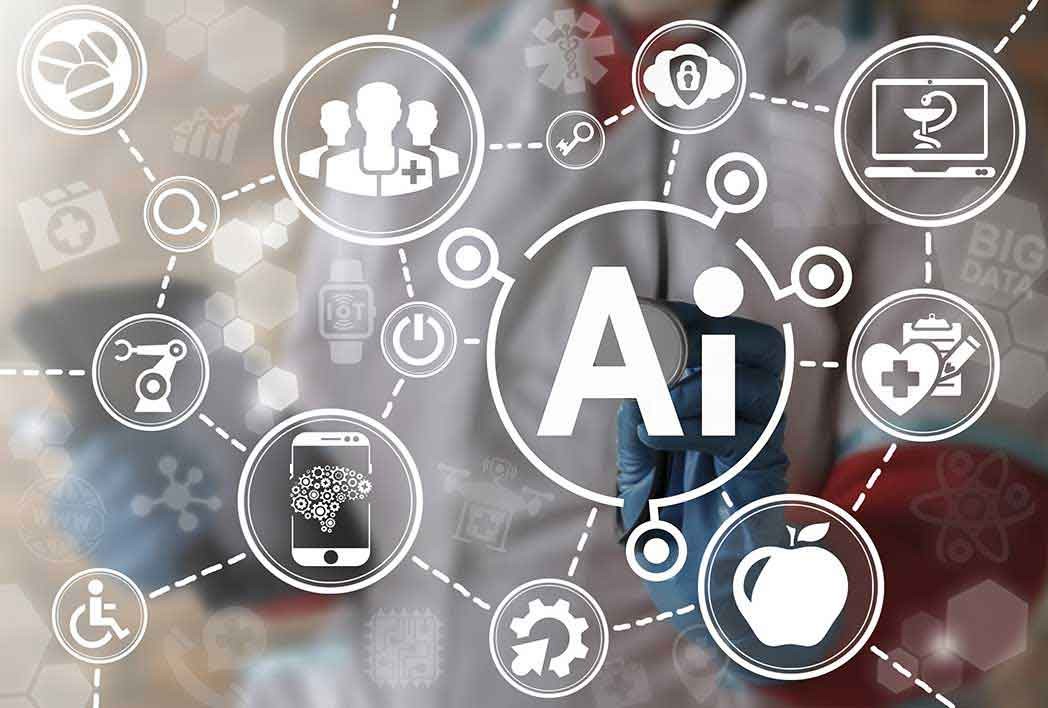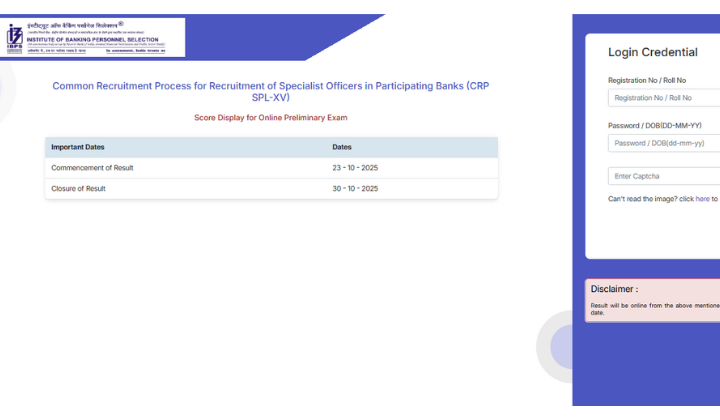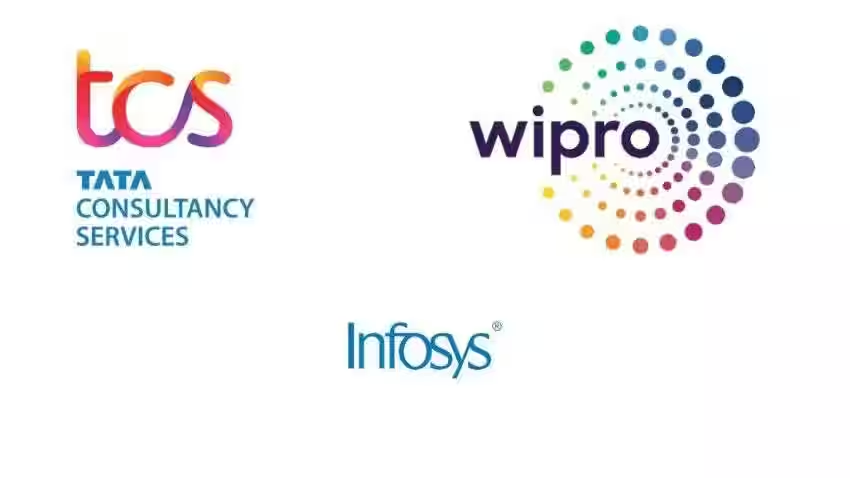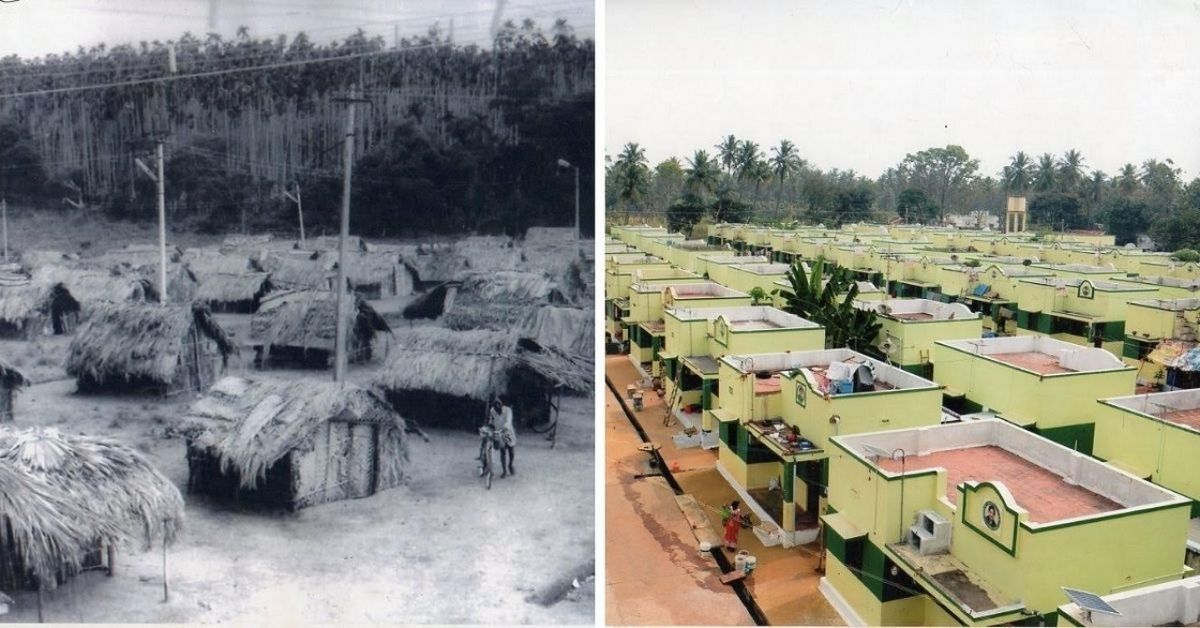Now Reading: AI Chatbots in Government Offices? Pilot Runs Begin in Uttar Pradesh
-
01
AI Chatbots in Government Offices? Pilot Runs Begin in Uttar Pradesh
AI Chatbots in Government Offices? Pilot Runs Begin in Uttar Pradesh

In a move to modernise public service delivery, the Uttar Pradesh government has launched pilot projects introducing AI-powered chatbots in select government offices. The aim is to streamline citizen interactions, reduce waiting times, and ensure quicker redressal of basic queries — all while testing the potential of artificial intelligence in everyday governance.
But how effective are these chatbots in real-world scenarios, especially in Tier 2 cities and rural districts?
What the Pilot Projects Involve
The chatbot trials are currently running in municipal offices, public grievance cells, and district administration helplines. These AI tools are designed to answer frequently asked questions, guide users through online forms, and offer information about government schemes in simple language — including Hindi and regional dialects.
In places like Kanpur, Varanasi, and Gorakhpur, the chatbots are being tested as digital assistants on official websites and mobile apps.
Bridging the Communication Gap
One of the key goals of this initiative is to reduce dependency on overburdened government staff for routine queries. Many citizens, especially in smaller towns, struggle to find accurate information about documents, deadlines, or eligibility for schemes.
Chatbots offer 24/7 support and help users navigate online services without needing to visit offices repeatedly. For digitally literate youth in Tier 2 cities, this adds convenience. For first-time users, especially in rural belts, the interface is being designed to be voice-enabled and multilingual.
Early Response and Limitations
Initial responses have been mixed. In some offices, the chatbots have successfully reduced queue times and improved service delivery. Citizens appreciate getting immediate responses for basic queries like birth certificate status or pension forms.
However, challenges remain. Chatbots are currently limited to predefined questions and often struggle with complex queries or localised issues. Connectivity and awareness in rural areas also pose barriers, as many people are still unfamiliar with digital platforms.
Government officials point out that human support will remain essential — at least for now — and the AI tools are only meant to assist, not replace, frontline workers.
Why Uttar Pradesh?
Uttar Pradesh, India’s most populous state, often faces administrative pressure due to high volumes of public service requests. Implementing AI in such a challenging environment serves as a testbed for the technology’s scalability.
Moreover, cities like Lucknow, Noida, and Meerut are becoming digital governance hubs, with rising tech adoption and better infrastructure, making them ideal for piloting such projects before statewide rollout.
Looking Ahead
As AI chatbots continue to be refined and adapted for local use, they may soon become a regular feature in government offices across India. Their success, however, will depend not just on technological capability but also on digital literacy, accessibility, and trust among citizens.
For now, Uttar Pradesh’s experiment marks a cautious but forward-looking step in reimagining public service — where queues at offices may one day be replaced by quick chats on a screen.
























